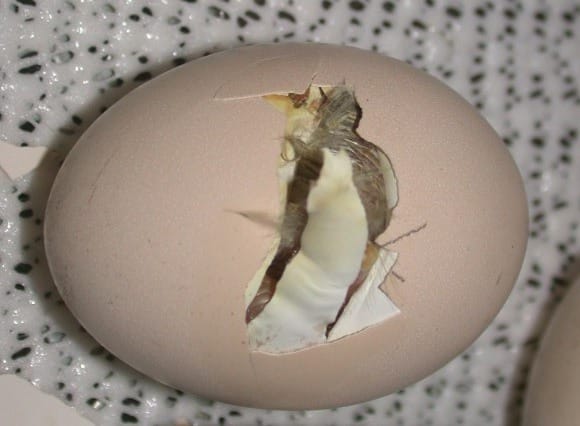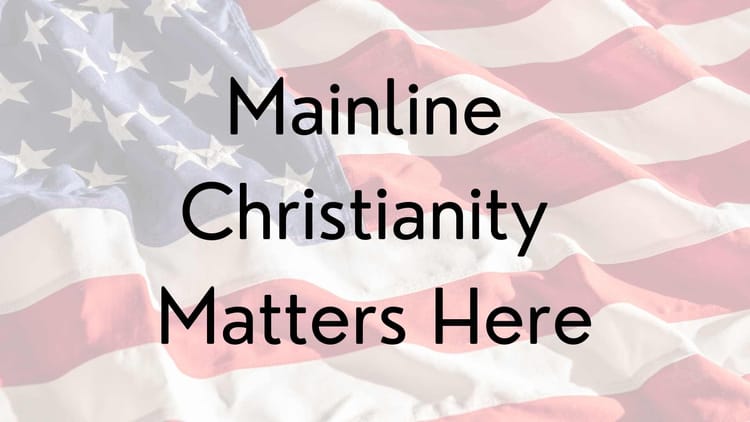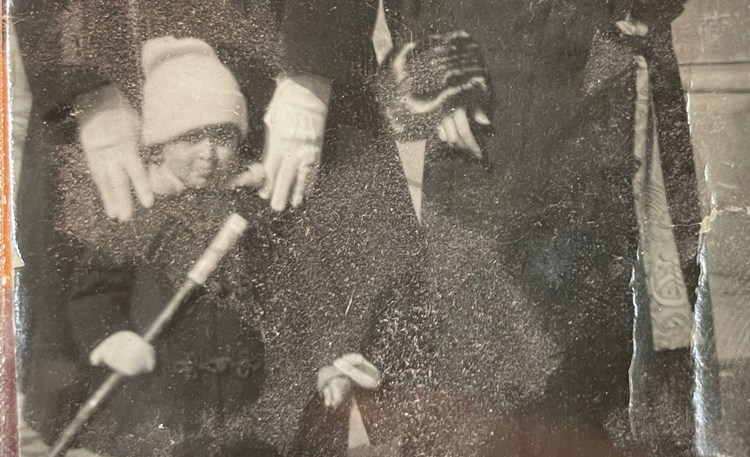Faith/Farm/Food Network Begins to Hatch

When a chick is ready to enter the world, the first thing it has to do is break the shell of the egg in which it incubated. The process of hatching must be chick-led; the chick gains strength as it breaks free. If an impatient human being breaks the shell open to speed the process along, the long-term health and vitality of the chicken is at risk.
The hatching process is sometimes slow and difficult, but it must be completed naturally for a foundation of future health.

There have been times in the development of this nascent Faith/Farm/Food Network when I have wanted to break the shell and set the chick free. I have occasionally wondered whether there was a chick hatching at all, or whether I was looking at an egg that would turn out to be… just an egg.
But coming away from the Faith/Farm/Food gathering at Sewanee Seminary this week, I can say with confidence that there is a chick here, and hatching has started to occur. That’s the good news.
The not-so-good news? Hatching is not yet complete.
There are a few cracks in the shell. A beak is tapping away from the interior, peeping out now and again. But the chick is still small and new. It has to rest and regroup. And though a chicken can hatch in a day, a network takes longer.
I cannot estimate the time required to complete this hatching process. (When my impatience gets the better of me, I’m trying to consider that my problem.)
At 3pm on Monday, November 10, eleven Episcopalians gathered for network organizing. I had been charged with facilitating a process designed to arrive at a working purpose statement. We focused our conversation around three questions. How would a faith/farm/food network benefit us and the ministries we serve? How would it benefit the church? How would it advance the common good for all?
We wrote down our own answers as well as those we had received from those who couldn’t attend. We clustered them and noted common themes. We took a first stab at identifying common language and purpose. And all too soon, it was 5pm and time to eat dinner so we could make it to the evening lecture. (Which was fabulous.)
The next morning I pulled out the laptop, looked again at the language we had developed, and reviewed a document that had emerged from the first Faith/Farm/Food gathering at Sewanee in 2013. I started combining words others had written the afternoon before and the year prior, seeking a working purpose statement the group could affirm. When I was done, I sent it to the participants in the afternoon’s conversation. Sarah Nolan, who had invited me to lead the process, asked me to read it out loud as part of our afternoon working groups. When I did, it was affirmed as a statement that could be published as an outcome from our gathering.
This is a living document; it will be refined as we continue our work. But it begins to express the reason for our being. It starts to get us out of our shell.
We are a network of Episcopalians cultivating resilient communities through gardening and agriculture. We envision and work to create a more just and sustainable food system which reflects the abundance and grace of God.
By building a network of relationships and shared practices among Episcopalians who grow and share food, we aim to:
Support and encourage emerging food and agriculture ministries
Provide ways to organize for common work and mobilize resources for mission
Share knowledge and develop “best practices” for starting and sustaining agrarian ministries
Connect and advance food-related ministries throughout the church
Proclaim the gospel as the church in the world for the sake of all creation
We believe this work has the potential to renew the organized church by integrating faith and practice as a way of life.
We know that we hold in trust a tradition with resources to share for the sake of God’s mission of reconciliation which offers hope for all creation.
We pray for the wisdom and courage to proclaim Christ’s way of love and tend earth which God called “good.”
Who can belong to this network? How can a person or an institution participate? What steps can you take in your area to support this purpose, and link with others doing similar work? Those are great questions.
I don’t know the answers to any of those questions. We had just a few hours to do network organizing. I’m grateful and amazed we got as far as we did. The continued good news is that there are people actively seeking answers to these necessary questions.
The tapping continues. The beak will peep out now and again.
One day, the shell will fall away and a chick will take its first steps.
That will be a good day.
As I’m able, I will keep you posted from inside the shell. Please pray for the continued health of the chick, and sufficient patience for the process.
What do you think about this working purpose statement? What questions does it bring up for you?





Member discussion